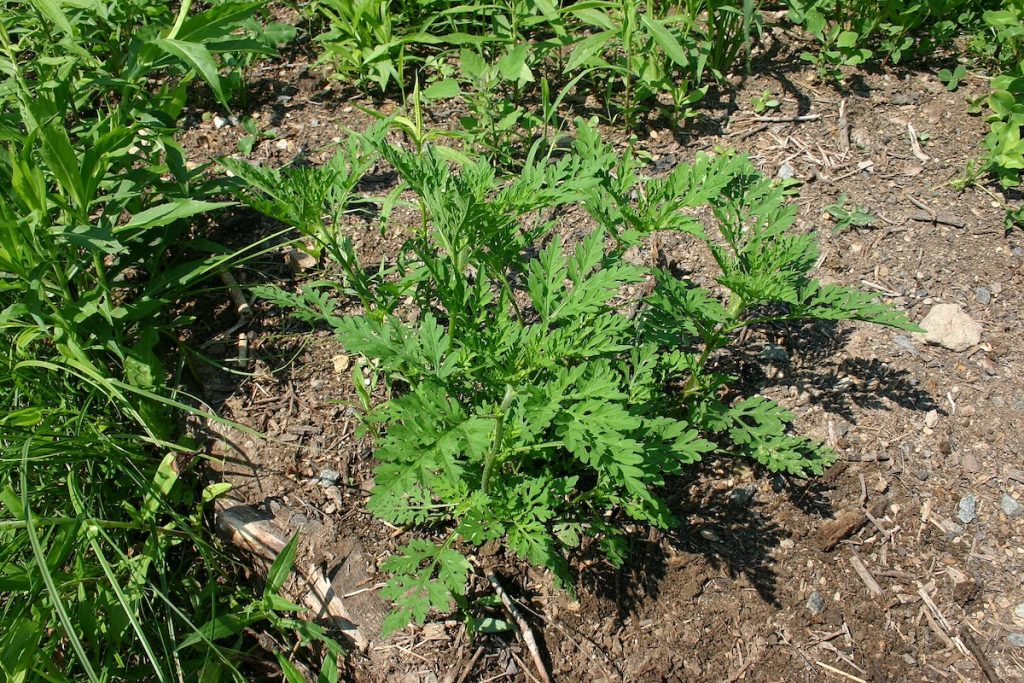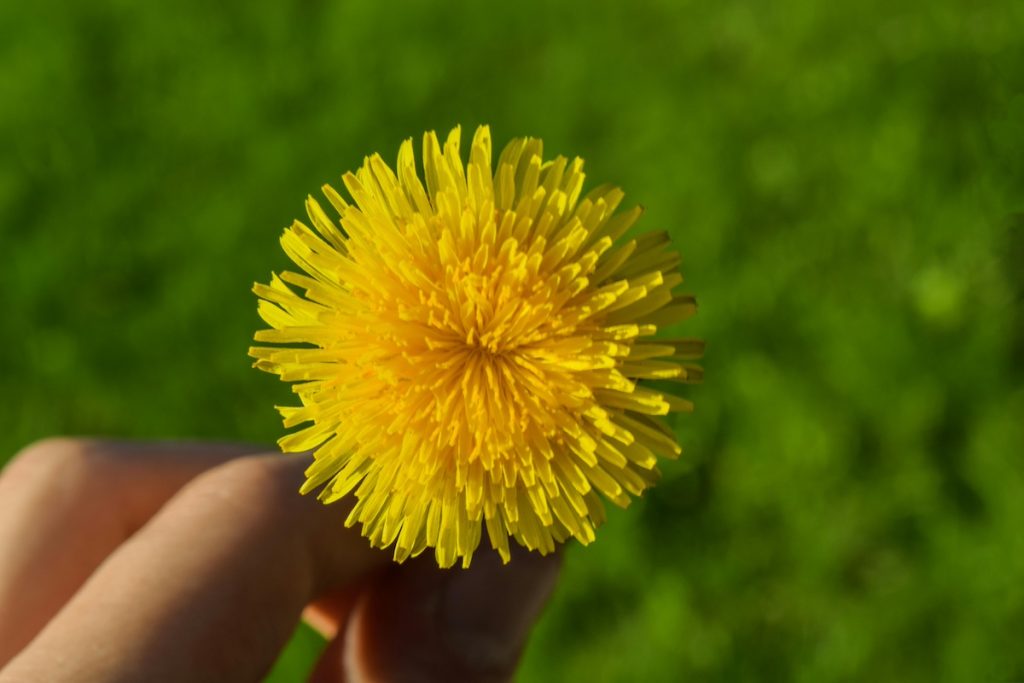From New France onwards, dandelion and burdock conquered the whole of America. Plantain established itself so quickly wherever European settlers passed that some Native Americans called it “white man’s foot”. The list of “weeds” in America is full of these strays.
But not all the medicinal plants introduced to the region have been so effective in weeding out. Foxglove (
Digitalis purpurea), a highly toxic plant used in many treatments around the old gardens, is still sometimes found, but it never really became a weed. Lungwort (
Pulmonaria officinalis), used to treat bronchi and lungs, is well established in the Quebec region, but rarely elsewhere on the continent. Why some plants quickly escape cultivation to become scourges, while others establish themselves without causing much damage, remains a great mystery.
Why So Few Native Weeds?
The vast majority of weeds commonly found in our lawns and gardens are imports from Europe or Asia, brought to America on purpose (as medicinal, forage, vegetable or ornamental plants, etc.) or by accident (seeds traveling in a shipment of wheat, for example).
Why have so few native plants achieved “weed” status? This is largely due to the natural ecosystem of our region: coniferous, mixed or deciduous forest, depending on location.

Ragweed originally comes from the Prairies. Photo:
SB Johnny
When the first European settlers arrived here, they discovered forest almost as far as the eye could see, and the native plants were, for the most part, acclimatized to a shady, very stable environment with little disturbance. But Europeans were quick to cut down the forest to establish crop fields, a new environment dominated by sunshine and annual ploughing. Our native, slow-growing, ombrophilous plants were no match for this new ecosystem… but plants from Europe and Asia, where forests had for the most part long since been cut down, had had millennia to adapt to an open, frequently disturbed environment. When they arrived in America, these “field plants” found an environment almost identical to their original one, and proliferated.
In fact, even most of the rare North American plants that have earned the reputation of being weeds originate, not from the dark forests of the East, but from the sun-drenched Prairies. For example, ragweed (
Ambrosia artemisiifolia), now well established here, originally came from the Prairies. It gradually immigrated eastwards when the forests were cut down.







